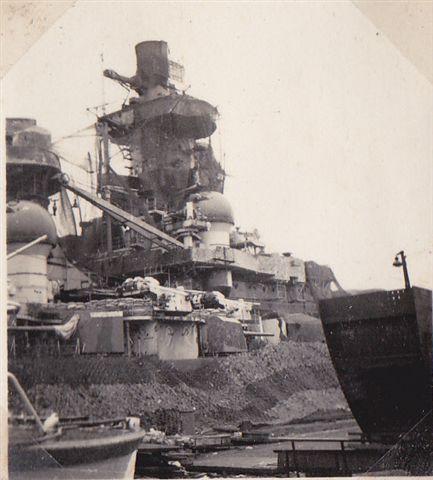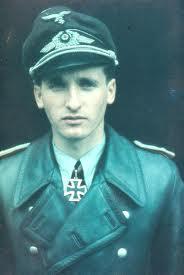The Amazing Operation Cerberus - February 11-13, 1942
This Monday, Feb. 11th marks the 71st anniversary of the German navy's successful Channel Dash from Brest Harbor in France to Wilhelmshaven. It was codenamed Operation Cerberus - the Roman name for the three-headed dog that guards the gates of the underworld, Hades.
Background: In 1941, with radar in its early stages, the giant ships could still operate in the open oceans and the German battleships were doing great damage to Allied shipping in the Atlantic. Twenty-two British merchant ships had been sunk by March of '41. This was not sustainable for the English and the battle of the Atlantic was under way.
After the German battleship “Bismarck” was sunk in May 1941, the rest of the fleet found refuge in the harbor at Brest, France. The RAF tried for months to destroy the German ships but they were well-protected by anti-aircraft. Finally, Hitler gave the order to bring the ships “Scharnhorst,” “Gneisenau” and “Prinz Eugen” back by the Channel route between England and France. The German Naval Commanders could not understand Hitler’s order – they had mostly been against that plan, but Hitler was right. The operation was successful.

Photo taken by Lt. Leopold Wenger of the battleship Scharnhorst in Brest harbor with its camoflage netting,
The operation itself: The convoy, which included six destroyers, left Brest harbour at 22.45 hours on February 11, 1942, shortly after Britain's submarine “Sea Lion” ended its watch. Faulty radar in the British spotter planes combined with cloud cover to prevent the convoy from being discovered. By dawn on February 12th, the convoy was sailing off Barfleur, south of the Isle of Wight, in fog conditions. At Dover, the gun batteries based there engaged the Germans but their shells fell short. Torpedo-carrying Swordfish planes also failed; all six planes were lost in the attack thanks to the ferocious German fighters. More attacks were not successful, due partly to faulty communications at the RAF. One of the pilots flying a Spitfire was Canadian Barry Needham. At dawn on February 13th, the German convoy sailed into the port of Wilhelmshafen with a loss of just one of their minor escort ships and seventeen fighter planes.
Click on image for enlarged view
This German “Channel Dash” remains the only occasion since the Spanish Armada in 1588 that ships belonging to an enemy of Great Britain have successfully traversed the English Channel. It was considered a disgrace for the British Admiralty that the German ships crossed in front of their eyes very near to the south coast of England.
 Lieutenant Leopold Wenger, [right] was one of the pilots of the “Jagdeschwader Richthofen” whose mission it was to escort and protect these very precious, giant battleships. The pilots were not allowed to use their radios; if they discovered any danger – for example, a British aircraft approaching – they could warn their wingman only by a short gun-shot in his direction. For Wenger and the other pilots of his unit, their mission was completed on Feb. 13 when the ships arrived at The Netherlands. They landed at Leeuwarden to fuel up and return to their airfield in France. Other German fighters from another unit took over the duty of escorting the armada to safe harbors.
Lieutenant Leopold Wenger, [right] was one of the pilots of the “Jagdeschwader Richthofen” whose mission it was to escort and protect these very precious, giant battleships. The pilots were not allowed to use their radios; if they discovered any danger – for example, a British aircraft approaching – they could warn their wingman only by a short gun-shot in his direction. For Wenger and the other pilots of his unit, their mission was completed on Feb. 13 when the ships arrived at The Netherlands. They landed at Leeuwarden to fuel up and return to their airfield in France. Other German fighters from another unit took over the duty of escorting the armada to safe harbors.
Thanks to Willy Wenger of Austria for telling me of this anniversary and supplying the information about his older brother, Leopold, who, to his family, was always called “Bibi.” Leopold Wenger, a recipient of Germany's highest decoration, the Knights Cross, was shot down over Vienna in April 1945 at age 23.
Category
Germany, World War II- 2196 reads









